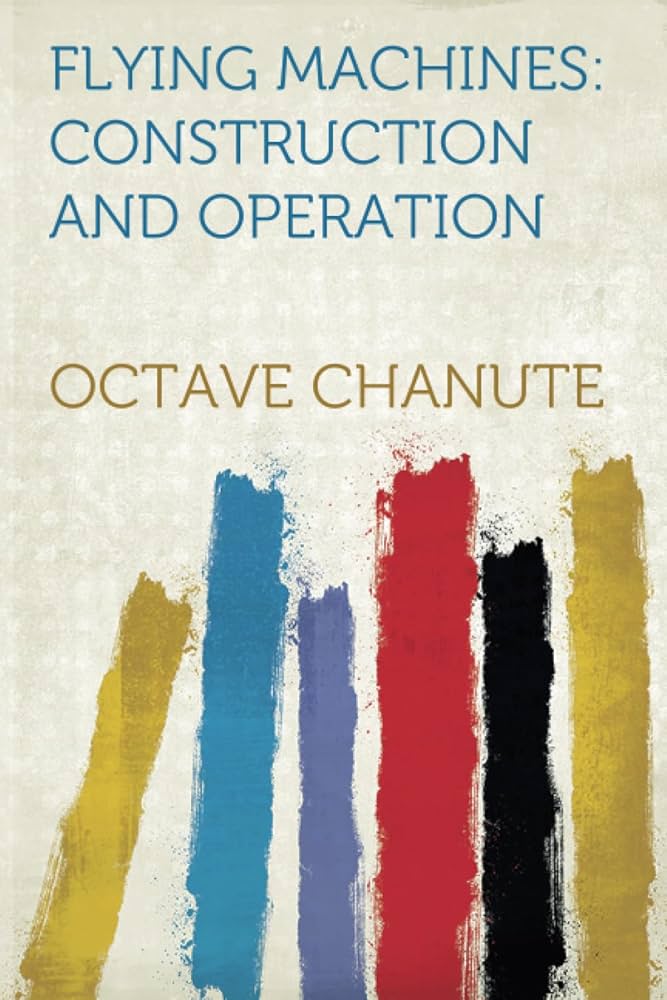Chapter XXVIII-Flying Machines: Construction and Operation
byChapter XXVIII-Flying Machines: Construction and Operation functions as an essential lexicon for anyone seeking clarity in the evolving language of aviation. It begins by introducing foundational terms that outline the scope of aerial engineering, such as “Aerodrome,” described not as a place, but as a mechanical entity intended to operate within the sky’s domain. The entry sets the tone for what follows: a clear, structured breakdown of language specific to flying machine technology. “Aerofoil” follows, and its role as the forward-advancing cross-section of an aircraft wing is highlighted for its impact on lift and drag. Each term is carefully chosen, serving both the casual learner and the technically inclined reader. This glossary goes beyond mere definitions; it offers context that deepens understanding, aligning terminology with function in a way that invites curiosity while reinforcing precision.
As it progresses, the glossary expands into terms that reflect both mechanical complexity and historical differentiation in flight. “Aeroplane” is characterized by its glider-like qualities, providing contrast to the more navigable “Dirigible balloon,” which relies on buoyancy and propulsion control. The reader is introduced to “Aeronaut,” anchoring the discussion in human experience—pilots and navigators who lend life and agency to these machines. Then come “Aerostat” and “Aerostatic,” words rooted in the science of suspension, defining not just objects, but the theories behind maintaining elevation. The text does more than simply categorize; it draws connections between components and principles. The inclusion of “Ailerons” points to the nuanced art of balance and control during motion, an innovation pivotal to modern flight. By framing such parts as minor yet indispensable, the glossary guides readers toward a richer appreciation of the intricacies behind what might appear deceptively simple in execution.
Deeper into the chapter, the language becomes increasingly specialized, detailing aerodynamic subtleties through terms like “Angle of Incidence” and “Angle of Inclination.” These are not abstract ideas but directly influence lift-off, maneuvering, and the safety of operation. “Auxiliary Planes” appear as smaller surface extensions that provide crucial support, followed by the concept of a “Biplane,” a configuration where two main wings are arranged vertically. Their placement affects both drag and stability, especially in early aviation models. Meanwhile, “Blade Twist” introduces considerations for propeller efficiency, emphasizing how slight rotations along a blade’s length impact air displacement. “Cambered” defines the curvature of wings and plane bodies, contributing to optimized airflow, which is essential in both gliding and powered flight. These words are not confined to theory; they underpin real-world engineering practices, bridging classroom concepts with aircraft construction.
The glossary also explains structural terms such as “Chassis,” marking the framework upon which everything else is built. It shows that no part is isolated—each element relies on another, forming an interdependent system. The section on “Control” further breaks down how pilots manage pitch, yaw, and roll, solidifying the idea that flying is as much about responsiveness as it is about thrust. The “Dihedral” angle introduces the concept of lateral stability, where upward wing slants help keep the aircraft from tipping side to side. Each definition builds upon the last, layering the reader’s understanding of how every design choice influences performance. “Dirigible” then closes this curated selection, not as a balloon with propulsion alone, but as a symbol of intentional navigation. This term encapsulates an era when mastering control of lighter-than-air travel was a benchmark of technological success.
By the chapter’s end, what emerges is not just a list of aeronautical terms but a narrative of human ingenuity. This glossary acts as both a primer and a compass, orienting enthusiasts toward a deeper engagement with flight mechanics. For readers unfamiliar with the science of aviation, it serves as a doorway; for those within the field, it becomes a reaffirmation of the discipline’s language. From a technical writing standpoint, it balances clarity with sophistication, offering practical explanations without oversimplifying essential concepts. The glossary’s inclusion in the broader text reflects the authors’ intent: to make the language of flight accessible without sacrificing its complexity. In this way, it transforms vocabulary into a toolkit—each word a part of the larger machine that helps us rise into the skies.


